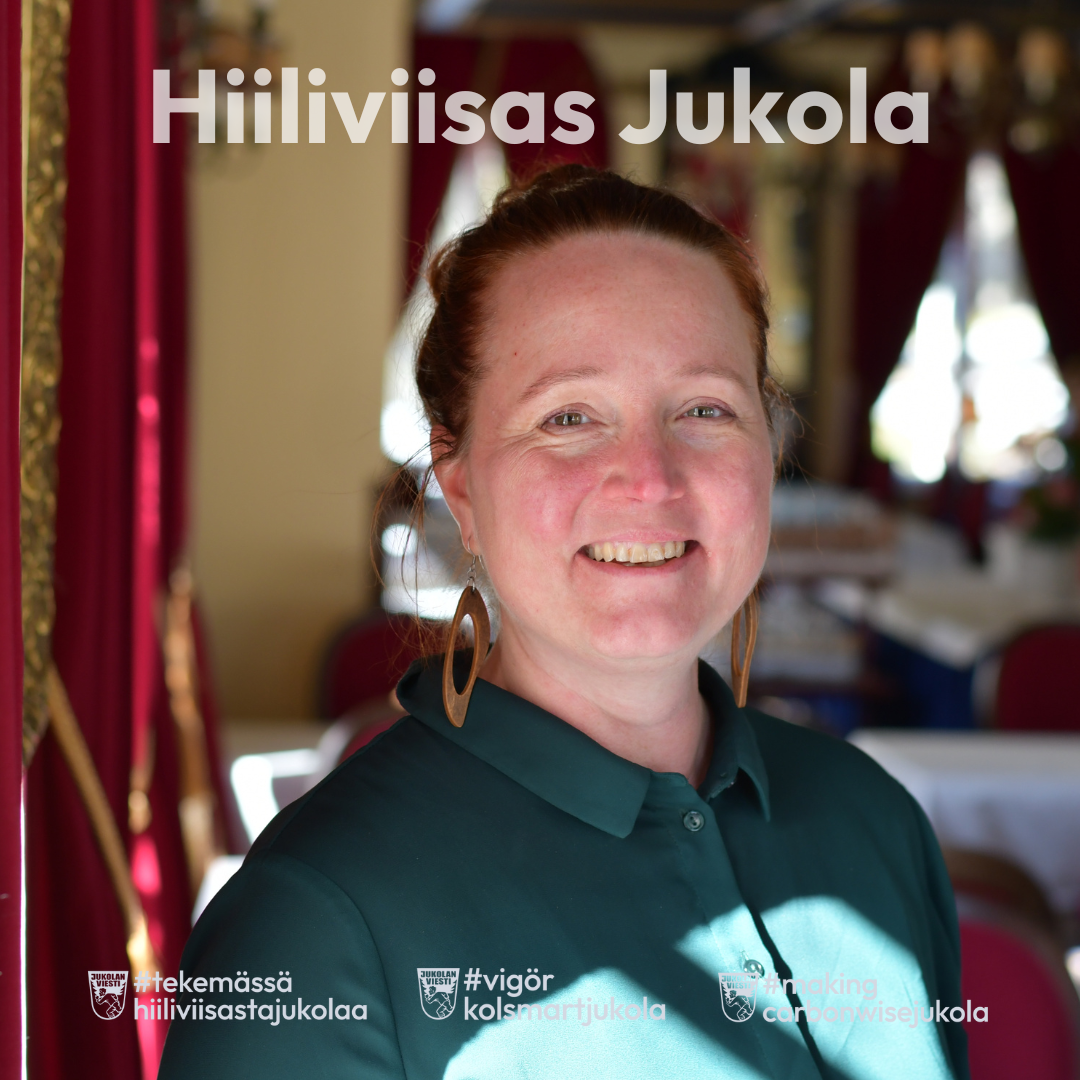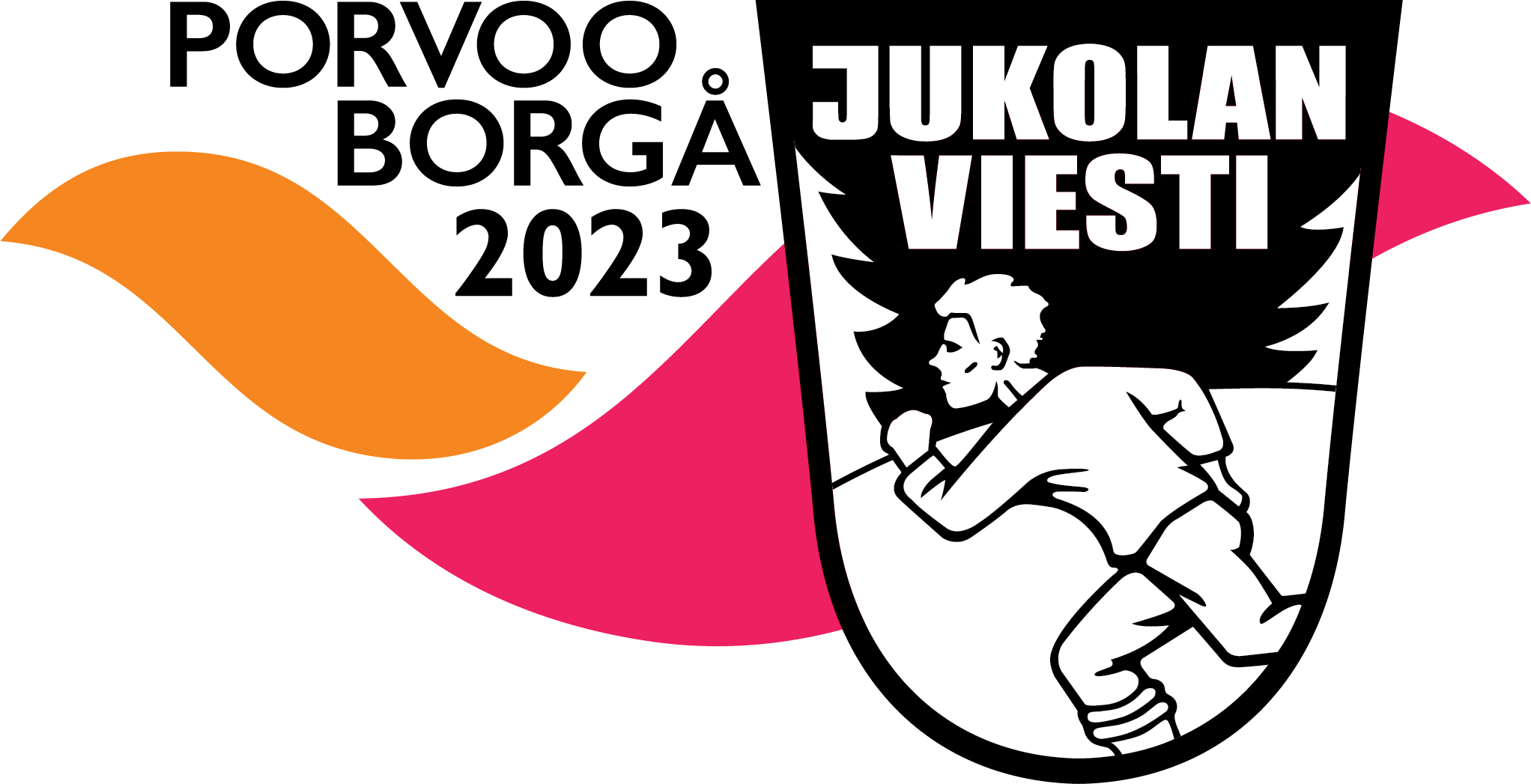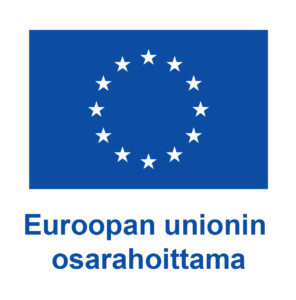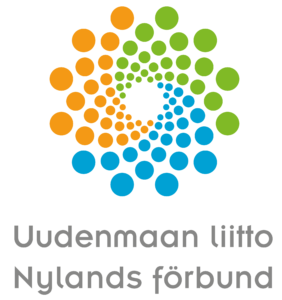
Porvoo Borgå Jukola brings together over 50,000 people. In such a crowd, even the smallest environmental actions form large streams. How did Jukola orienteer towards carbon-wisdom, and what can this teach others about building a more sustainable event? We interviewed Jaana Helminen, a project specialist at Aalto University.
Organising large events often creates large volumes of emissions, but is this inevitable?
– This is what we aimed to find out with the Carbon-wise Jukola project. And, indeed, it is not, says Project Specialist Jaana Helminen of Aalto University.
Helminen is part of the Carbon-wise Jukola working group that aims to use Porvoo Borgå Jukola for making the largest adult sports event in Finland and the world’s largest orienteering relay as sustainable and low-carbon as possible. At the same time, they will build a model that anyone can use to organise a more carbon-wise event.
– Some events will claim to be carbon-neutral, but our approach is carbon-wisdom. Obviously, not organising the event at all would be the most carbon-wise solution. On the other hand, mass events have enormous potential to highlight new solutions to the viewers, participants and companies, says Helminen. – If Jukola can give new ideas to even some of the crowd – over 50,000 participants and even more viewers – it can make a huge difference.
Most of the emissions arise from logistics and traffic
Constructing a carbon-wise event starts with planning and breaking the event up into pieces.
– What amount of environmental burden does the event cause on an individual level? What are the sources that create the event’s emissions? Which sources cause the largest volumes of emissions? lists Helminen.
At events like this, most of the emissions usually arise from logistics and mobility.
– Emissions caused by traffic are the biggest challenge at events. If I could only address one issue, this is what I would choose, says Helminen.
Emissions associated with logistics and mobility start with the building of the event venue and end with its disassembly, and apply to all stakeholder groups: participants, viewers, volunteers, business partners, and media present at the scene.
With so many links in the chain, how can one manage the emissions caused by logistics and traffic?
– Through choices, encouragement and cooperation, lists Helminen.
– The organiser of the event can choose to partner with businesses that use low-carbon solutions. Participants can be encouraged to carpool, and partners can be challenged to take carbon-wisdom into consideration.
Organising Jukola in Porvoo has been challenging, because the competition centre is being built in the middle of a forest at a site with little pre-existing infrastructure.
The location has also called for consideration about how to transport nearly 50,000 people from downtown Porvoo to Epoo, where the competition centre is located.
– What really matters in the big picture is that everyone should not arrive with their own car. With cooperation, electric buses were organised for Jukola to transport people in a more carbon-wise manner for at least part of the journey – from downtown Porvoo to the venue in Epoo, explains Helminen.
Thousands of volunteer garments and tens of thousands of maps
After logistics and traffic, the next largest source of emissions at the event is energy use. The carbon footprint of Porvoo Borgå Jukola is reduced by Porvoon Energia, owned by the City of Porvoo, producing zero-carbon electricity and district heating arising almost completely from renewable sources.
– Porvoon Energia reduces the carbon footprint of all our operators. It is a very big deal! says Helminen.
After energy use, the next largest volumes of emissions are often related to choices in building materials and other acquisitions such as advertising materials – and, as is the case in Jukola, working clothes for about 1,500 volunteers.
– When doing acquisitions, it is worthwhile to consider borrowing or renting some of the materials. One of the special characteristics of Jukola is the need for several maps for about 20,000 orienteers. Those alone give rise to a high volume of emissions, which is why it might be worthwhile to consider replacing them with digital solutions in the future, narrates Helminen.
When pondering the emissions of the event, one should also give some thought to the food and drinks offered as well as recycling.
– All events share practically the same sources of emissions, which make the basic building blocks, says Helminen.
“It takes a team to organise a carbon-wise event. Everyone does their own share, and then hands over the baton to the next person”, reminds Jaana Helminen of Aalto University.
Is it expensive to organise a carbon-wise event?
– Not necessarily. For many, it may come as a surprise that many of these actions actually save money, says Helminen.
For example, borrowing or renting materials can save money. Naturally, some of the low-carbon solutions may be more costly. In this case, Helminen encourages cooperation.
– When it was decided that Jukola should use electric buses, we found a way. The idea about electric buses was realised with the help of partners.
On the other hand, carbon-wisdom is not just a cost: it affords marketing value.
– People who are engaged in orienteering value the environment. I believe that the environment is important for the viewers as well. Secondly, it would look stupid nowadays not to make responsible choices at Jukola. We would be left behind. Responsibility certainly brings competitive edge.
It takes a team to organise a carbon-wise event
For large and small events alike, partnerships matter. Events are built in cooperation, reminds Helminen.
– It takes a team to organise a carbon-wise event. Everyone does their own share, and then hands over the baton to the next person. It is a great metaphor for a responsible carbon-wise event such as this one.
Porvoo Borgå Jukola has been planned in cooperation with both businesses and the city.
– Ideas across different business sectors have been exchanged at the local companies’ meetings. The meetings have inspired entrepreneurs to be aware of their own good business actions and to find new solutions. It has all been very inspiring.
Helminen believes that the cooperating parties will continue their new, more sustainable business approach.
– These actions are not easily forgotten but produce more good actions, thus spreading the good, says Helminen.
The main aim of the Carbon-wise Jukola project is to use the context of Porvoo Borgå Jukola for developing and piloting a learning and operational model for organising mass events with a minimal carbon footprint in cooperation with businesses and other stakeholders participating the production of this event. The project is implemented by Posintra, orienteering club OK Trian and Aalto University. The project is funded by the European Regional Development Fund.



